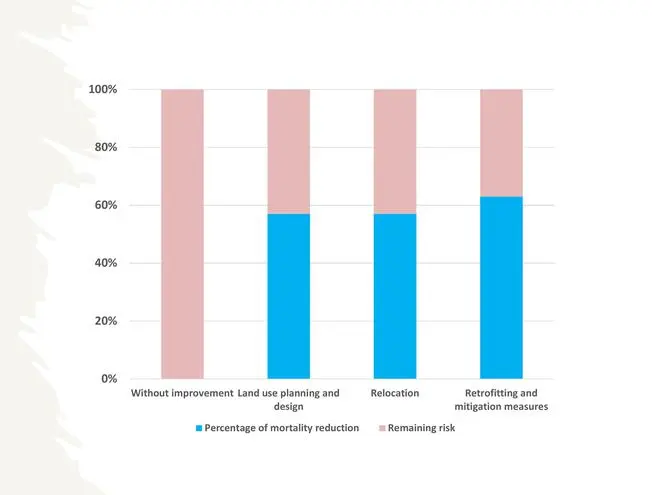Thiruvananthapuram
Earthquakes are among the deadliest of natural disasters, and the Asia-Pacific region hosts the two most seismically active fault lines stretching thousands of kilometres and across many national borders.
The highest risk is in the Pacific ‘Ring of Fire’, where tectonic plate movements create around 90 per cent of the world’s earthquakes, with the potential for associated tsunamis, points out Sanjay Srivastava, Chief, Disaster Risk Reduction, UN-ESCAP.
These fault lines threaten many countries, of which the most populous are Japan, the Philippines and Indonesia, he explained to businessline.
Alpine-Himalayan belt
The region’s second most seismically active zone is the Alpine-Himalayan orogenic belt. In April and May 2015, this zone gave rise to the series of earthquakes that devastated Nepal and affected its neighbours, including Bangladesh, China, India and Myanmar.
Another highly active fault line is the Great Sumatran Fault. In 2004, this fault generated a 9.3 magnitude earthquake and the Indian Ocean tsunami, the largest in recorded history, making it the second most deadly seismic disaster.
Causing over 2.26 lakh deaths, this disaster event brought global awareness to the danger of tsunamis, which were relatively less known at the time.

Seismic risk hotspots of Asia and the Pacific and associated deadly events

Seismic risk hotspots of Asia and the Pacific and associated deadly events
Active Iran-AfPak zone
The seismic shift that threatens Iran, Pakistan and Afghanistan is another key active zone which led to the 2013 and 2014 earthquakes in Iran.
Most of Türkiye, which witnessed a series of temblors recently, sits on the Anatolian plate between two major faults: the North Anatolian Fault and the East Anatolian Fault. Since 1970, there have been 11 mega quakes/tsunamis with fatality rates of 20,000 and above, all located along these fault lines, Srivastava pointed out.
A strong quake of 7.7 magnitude struck southern Türkiye and North Syria on February 6. It was deadly because it struck at a relatively shallow depth, and was followed by a second major shock and thousands of aftershocks.
Major casualties
The full scale of the Türkiye-Syria catastrophe is still unfolding; its overall impact on the people, economy, and environment is colossal, Srivastava said.
In the Asia-Pacific region, over two million lives have been lost due to extreme events between 1970 and 2022; over 45 per cent of the casualties were caused by earthquakes and tsunamis alone, followed by cyclones (36 per cent); floods (12 per cent); and heatwaves (seven per cent).
The seismic event that resulted in the highest number of fatalities was the 1976 Tangshan earthquake in Hebei, China. The 7.6 magnitude event killed 2.42 lakh people.

Reducing mortalities (per cent) and seismic risk: key interventions
Nasty surprise, always
Large earthquakes are always a nasty surprise — yet, they are always inevitable, Srivastava said. Asia-Pacific’s seismic risk hotspots and intricate fault system are well documented, but uncertainties remain in the predictability of events.
Unlike earthquakes, the success of reducing casualties due to cyclone and flood events lies in effective early warning systems. ‘Actionable’ earthquake predictions that specify a time, place and magnitude are not possible yet, beyond 5-10 second alerts following an event, he added.
Building ways of saving lives
It is often said that during an earthquake it is the buildings that kill people more. This has been the unfortunate lesson from the Türkiye disaster, too. Based on initial estimates, the economic loss has been pegged over $84 billion.
The ESCAP Risk and Resilience Portal estimates the annualised average losses from earthquakes and tsunamis for the region at nearly $100 billion. To save lives and reduce economic losses, the interventions needed include land use planning, relocation, retrofitting and mitigation measures.
It is time to redouble efforts to construct or retrofit buildings, and critical infrastructure, Srivastava said.







Comments
Comments have to be in English, and in full sentences. They cannot be abusive or personal. Please abide by our community guidelines for posting your comments.
We have migrated to a new commenting platform. If you are already a registered user of TheHindu Businessline and logged in, you may continue to engage with our articles. If you do not have an account please register and login to post comments. Users can access their older comments by logging into their accounts on Vuukle.